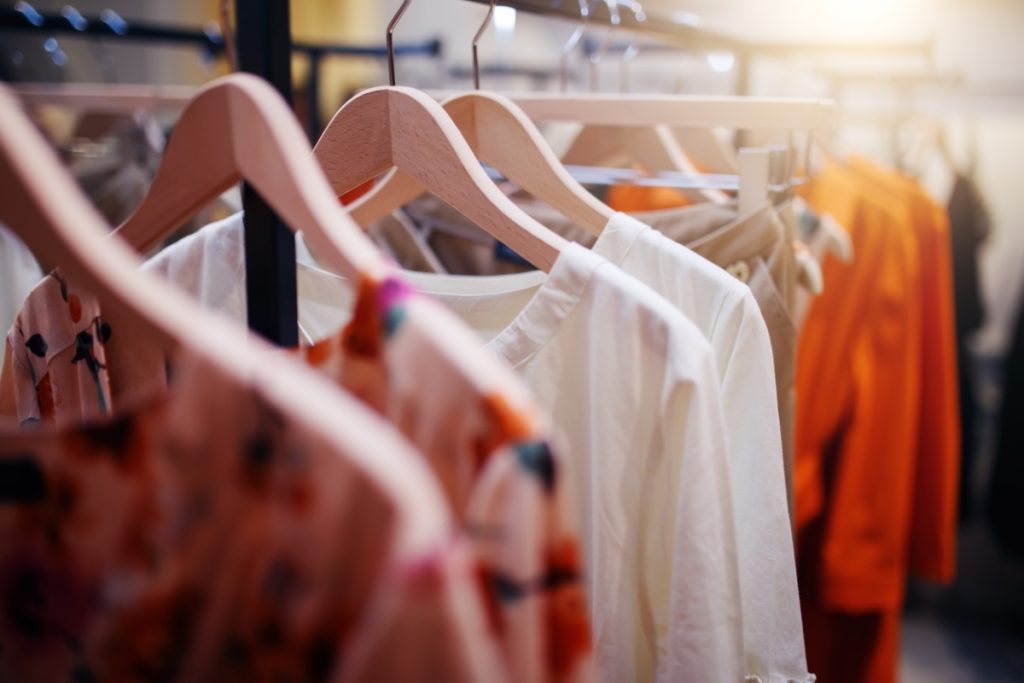Currently, the fashion industry is booming all over the world. With the advent of new technologies, the industry is evolving and becoming more dynamic. One such development is the growth of E-commerce. Another trend that is gaining popularity is the use of Augmented and Virtual Reality.
Artificial intelligence
Whether it’s designing new outfits or predicting future trends, the global fashion industry is taking advantage of artificial intelligence. Retailers are now using AI to provide customers with a better shopping experience and boost their customer satisfaction.
AI has been recognized for its ability to perform monotonous processes faster and cheaper. It can also help predict trends and provide recommendations. Traditionally, the fashion industry relied on a number of manual production processes. But AI technology has opened up opportunities for more sustainable fashion practices. It can also help to reduce inventory and waste.
AI can help retailers determine what customers want and suggest products that will fit them. A good AI system can even tie in the customer’s online journey into their in-store experience. A virtual stylist helps consumers feel more confident about shopping. It can even recommend products to complete a look.
Augmented and virtual reality
Using Augmented and Virtual Reality in the global fashion industry is a great way to enhance customer engagement and boost sales. These technologies can help retailers improve the customer experience by creating seamless shopping experiences and tailored products.
In addition, the technology can also increase cross-sell thetotal opportunities. For instance, a virtual try-on can make customers feel confident in their purchase. By providing a seamless experience, retailers can also help customers try on clothing without spending time navigating the store. This will help increase the conversion rate of new clients to repeat customers.
Fashion retailers are using Virtual Reality and Augmented Reality to showcase new collections and enhance in-store experiences. Using these technologies to help increase sales is not a new idea. Brands such as Zara and ZARA have used these technologies to create an immersive shopping experience.
Second-hand clothing trade
Historically, the fashion industry has been associated with environmental and social issues. The second-hand clothing trade is the recycling of used clothing. This trade has evolved over the years and now has connections all over the world.
The second-hand clothing trade is a huge employer in East Africa. This trade has helped to provide income for tens of thousands of people in Ghana. It is also a practical alternative to landfills.
The global second-hand clothing trade has grown significantly in the past fifty years. There are now hubs for commercial sorting of pre-owned clothes in Belgium, Canada, South Asia, and the Netherlands.
There are also charities that sell used clothes to the poor abroad. These charities are the largest contributors to the second-hand clothing trade. The trade is also supported by local importers who market individual bales of used clothing.
Health costs associated with cheap clothing
Countless well-funded studies have analyzed the costs associated with manufacturing and consumption of apparel and footwear. The costs are staggering. This is hardly surprising when we consider that there are 150 billion items of apparel manufactured per year. In other words, you are buying one of these items every few seconds. For consumers and workers alike, this has a knock on effect with consequences aplenty. In short, the health costs associated with cheap clothing are colossal. The good news is that we can do something about it. A slew of philanthropy fueled initiatives have already commenced to change the course of the fashion industry. One of these is the Fashion for Free initiative. The resulting philanthropy will benefit consumers and workers alike. Hopefully, this is the first in a long line of such initiatives.
E-commerce growth
Across the world, e-commerce growth in the fashion industry is thriving. In fact, the industry is expected to grow to nearly $1 trillion by the end of 2022. Among the segments that are projected to grow are jewelry, footwear, and accessories.
China and the United States are two of the biggest spenders on luxury goods. However, international data should not be used to downplay opportunities in the domestic market. In fact, the United States has one of the largest online retail markets in the world.
E-commerce is also a great way for fashion brands to expand into international markets. However, logistics can be difficult for brands that do not have experience in overseas markets. In addition, last-mile delivery is another challenge.
As the Internet has lowered the cost of long-distance communication, e-commerce has made it possible for businesses to reach customers around the world. This has helped fashion retailers become successful.

